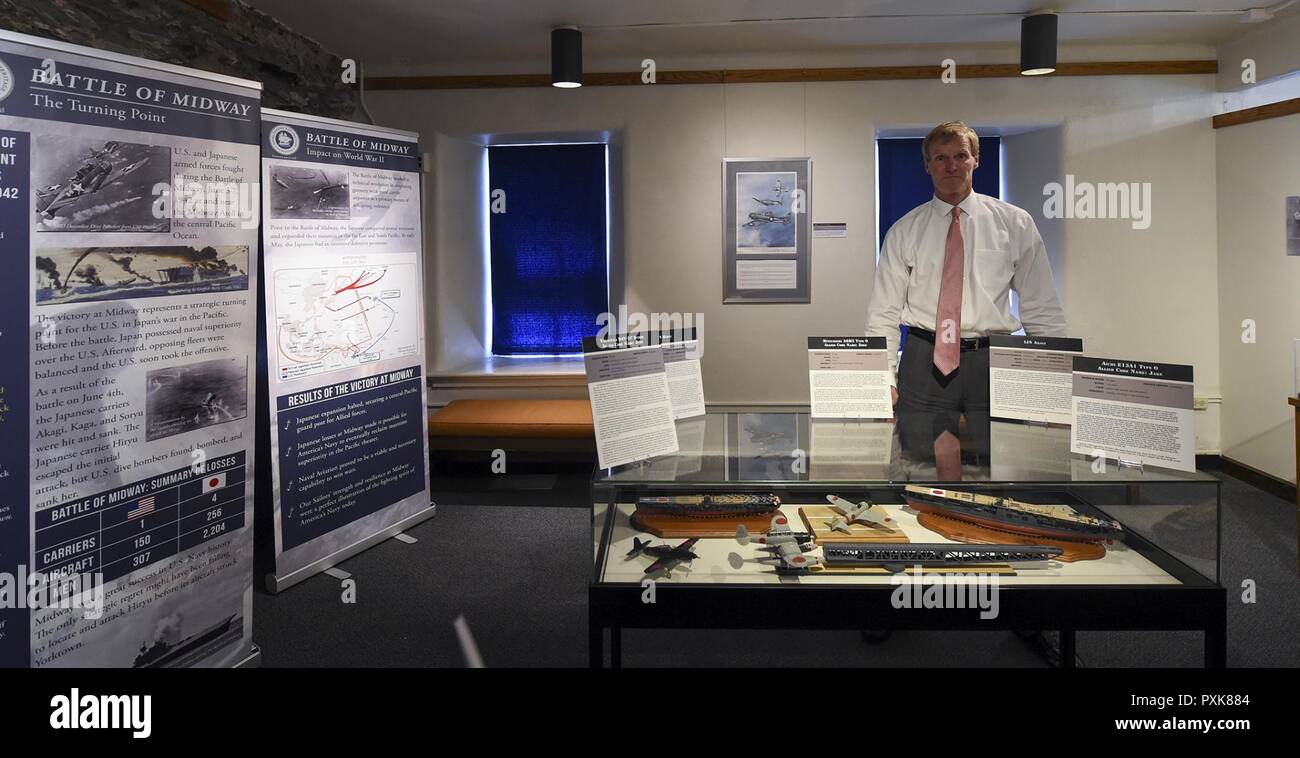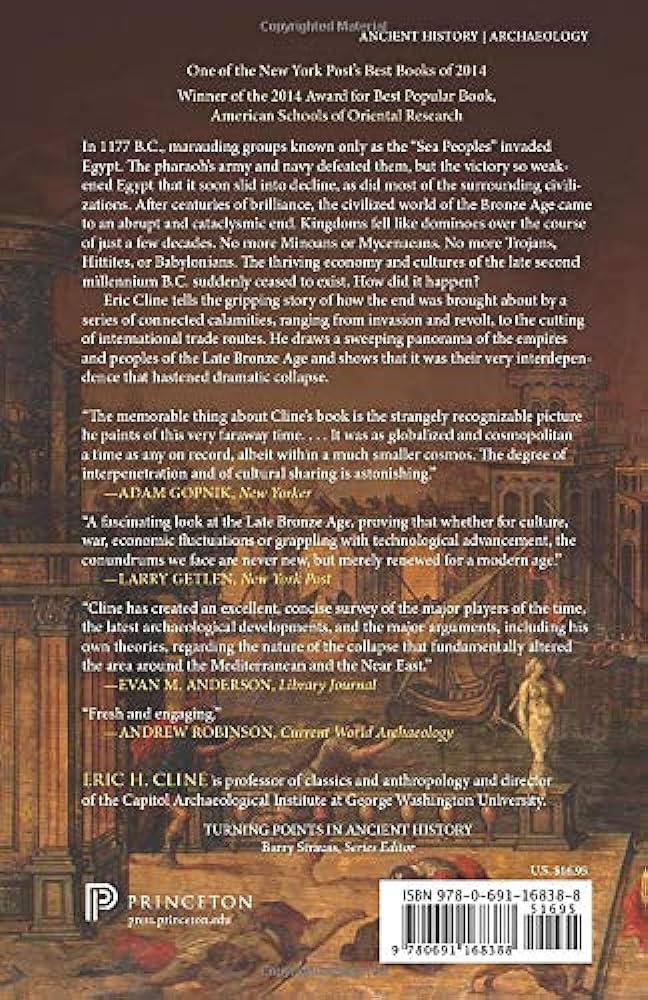World War II started in 1939 and lasted until 1945, marking one of the deadliest conflicts in human history. World War II, one of the most significant and devastating events in history, began in 1939 and continued until 1945.
It was a global conflict that involved major powers from around the world and resulted in the loss of millions of lives. The war was primarily fought between two major alliances, the Allies and the Axis powers, with Germany, Italy, and Japan being the main aggressors.
World War II was triggered by a series of political tensions, territorial disputes, and the aggressive expansionist policies of the Axis powers. This led to a domino effect of alliances and conflicts, eventually culminating in a worldwide war. We will explore the causes, timeline, and key events of World War II.
Pre-war Tensions And Conflicts
The pre-war tensions and conflicts leading up to the outbreak of World War II were primarily driven by political and economic issues among major nations. During this time, Germany, Japan, and Italy pursued aggressive expansionist policies and sought to establish their dominance in different parts of the world.
In Germany, Adolf Hitler and the Nazi Party came to power in 1933 and embarked on a campaign to rebuild German military strength and expand German territory. Hitler’s aggressive actions, such as the annexation of Austria and the invasion of Czechoslovakia, created major concerns among the international community.
Similarly, Japan pursued a policy of imperial expansion in the Pacific, invading Manchuria in 1931 and later launching a full-scale invasion of China in 1937. These actions escalated tensions with Western powers, particularly the United States.
Meanwhile, the economic challenges of the Great Depression added to the already volatile situation. High unemployment rates and trade barriers led to increased competition and conflict among nations, exacerbating the geopolitical tensions that ultimately led to the outbreak of World War II.
The Spark: Triggers Of World War 2
The spark that ignited World War 2 can be attributed to a series of specific events. One major trigger was Hitler’s invasion of Poland and subsequent aggressions. This act of aggression violated international treaties and marked a significant escalation in tensions between nations. Other events that contributed to the outbreak of war include the German invasion of France and the Low Countries, the Japanese attack on Pearl Harbor, and the Battle of Stalingrad. These events, along with others, are crucial in understanding the complex timeline of World War 2 and the various factors that contributed to its outbreak.
Global Involvement And Alliances
World War II, also known as the Second World War, was a global conflict that involved many countries and alliances. Here is a description of some of the countries and their roles in the war:
| Country | Description |
|---|---|
| Germany | Germany, under the leadership of Adolf Hitler, sought to expand its territory and exert its dominance over Europe. |
| Soviet Union | The Soviet Union, led by Joseph Stalin, initially signed a non-aggression pact with Germany but was later invaded by the Germans. |
| United States | The United States initially remained neutral but eventually entered the war after the attack on Pearl Harbor. |
| United Kingdom | The United Kingdom, led by Prime Minister Winston Churchill, played a significant role in the fight against Nazi Germany. |
| Japan | Japan’s aggressive expansion in Asia and the Pacific led to its involvement in the war, particularly after the attack on Pearl Harbor. |
These countries formed various alliances and opposing forces throughout the war. The Allied Powers, led by the United States, United Kingdom, and Soviet Union, fought against the Axis Powers, which included Germany, Italy, and Japan. These alliances shaped the course of the war and ultimately determined its outcome.

Credit: www.alamy.com
Theaters Of Operation: Battles And Strategy
World War II, one of the largest conflicts in history, involved various theaters of operation across Europe, Africa, and the Asia-Pacific region. Here is a brief overview of some major battlefields and warfare strategies:
- Europe: Germany became a central location for battles, including the Battle of the Bulge and the Normandy landings. This region witnessed major clashes between Allied forces and the Axis powers, with the Soviet Union playing a significant role in the Eastern Front.
- Africa: Northern Africa served as a battlefield for control over strategic locations, such as the Suez Canal. The Battle of El Alamein was a key turning point in stopping the Axis advance in this region.
- Asia-Pacific: The Pacific theater saw intense battles, notably with the Japanese forces. The attack on Pearl Harbor led to the involvement of the United States, while significant campaigns took place in the Pacific islands, such as the Battle of Midway and the island-hopping strategy.
The warfare strategies during World War II varied depending on the theater. Key elements included utilizing armored divisions, deploying air power, engaging in amphibious assaults, and executing tactical maneuvers to gain a strategic advantage.
Technological Advancements And Weapons
Technological advancements played a significant role in the start of World War II. With the development of advanced weapons such as tanks, aircraft, and submarines, the war escalated and became more destructive than any previous conflict.
The start of World War II marked significant advancements in weapons and technologies. The introduction of new weapons such as tanks, aircraft, submarines, and long-range artillery had a profound impact on the tactics and outcomes of battles. These advancements changed the nature of warfare, bringing about large-scale destruction and casualties. The use of advanced weaponry allowed for strategic planning and the ability to launch surprise attacks, as seen in the German invasion of Poland and the Japanese attack on Pearl Harbor. Additionally, technological developments led to the implementation of new tactics, such as aerial bombings and amphibious assaults. Overall, the technological advancements and weapons of World War II shaped the course of the conflict and had lasting impacts on military strategies and warfare in the future.
Major Turning Points And Significant Events
World War II, one of the major turning points in history, began in 1939 with the German invasion of Poland. This significant event led to a series of events, including the Battle of Stalingrad, the attack on Pearl Harbor, and the Normandy landings, ultimately shaping the course of the war.
| Event | Date |
|---|---|
| Battle of Stalingrad: The tide turns in favor of the Allies | August 23, 1942 – February 2, 1943 |
| D-Day: The invasion of Normandy | June 6, 1944 |
| Atomic bombings of Hiroshima and Nagasaki: End of the war | August 6 and 9, 1945 |
Homefront Involvement And Sacrifices
World War II, often referred to as WWII, was a global conflict that started in 1939. It involved many countries and had a significant impact on civilians and daily life. One aspect of this impact was the mobilization of resources and industries. Countries involved in the war redirected their resources and focused their industries on producing war materials. This led to a significant shift in the economy and affected the lives of people on the homefront.
Another consequence of the war was the rationing of goods and the implementation of blackouts for security purposes. Civilians had to adapt to these changes and make sacrifices for the war effort. Additionally, D-Day, the Allied invasion of Normandy, marked a turning point in the war and required significant human resources.
The war also had a profound impact on the civilian population. Many families experienced loss and had to cope with the absence of loved ones who were serving in the military. Daily life was disrupted, and people had to adjust to new routines and challenges. Despite the hardships, individuals and communities came together to support the war effort through various organizations like the United Service Organizations.
Aftermath And Legacy Of World War 2
The consequences and lasting effects of World War 2 were far-reaching and shaped the global order for years to come. One of the most significant outcomes was the formation of the United Nations, which aimed to maintain international peace and security. This new global organization played a crucial role in promoting cooperation and resolving conflicts among nations.
The war also had profound impacts on individual countries and regions. For example, in the Pacific, the war led to the end of Japanese imperialism and the liberation of many Asian countries from colonial rule.
Economically, the war brought about significant changes. Governments implemented measures such as rationing and blackouts to conserve resources and ensure the needs of the war effort were met. Additionally, the war stimulated technological advancements and scientific research, leading to innovations in various fields.
The military operation known as D-Day, which took place on June 6, 1944, marked a turning point in the war and eventually led to the Allies’ victory in Europe. This operation involved a massive invasion of German-occupied France and played a crucial role in liberating Western Europe from Nazi control.
In conclusion, the aftermath and legacy of World War 2 were multifaceted and continue to shape our world today. From the formation of the United Nations to the liberation of nations and the advancements brought about by the war, its impact can still be felt in various aspects of our lives.
Remembrance And Commemoration
The importance of remembering World War 2 goes beyond just acknowledging historical events. It serves as a reminder of the sacrifices made by countless individuals, the devastation caused by the war, and the lessons learned from it. Remembrance allows us to honor the bravery and resilience of those who fought and suffered during that time.
Institutions and museums dedicated to preserving history play a crucial role in keeping the memory of World War 2 alive. They serve as educational resources, providing visitors with the opportunity to learn about the war’s causes, significant events, and its impact on different nations and individuals. These institutions house artifacts, documents, and personal stories that provide a tangible connection to the past.
By remembering World War 2, we can strive to prevent similar conflicts in the future. It reminds us of the importance of diplomacy, cooperation, and understanding among nations. Through remembrance and commemoration, we honor the past, learn from it, and work towards a more peaceful and prosperous future.
Frequently Asked Questions Of When Did The Ww2 Start
When Did Ww2 Officially Start And Why?
World War II officially started in 1939 due to various factors such as territorial ambitions, political ideologies, and unresolved issues from World War I.
Why Did The Second World War Start?
The Second World War started in 1939 due to various causes, including territorial disputes, aggression by Nazi Germany, and the failure of the Treaty of Versailles.
When Did Ww2 Start And End And Why?
World War II started in 1939 and ended in 1945. It began because of territorial disputes and aggression by Nazi Germany and Japan. The war resulted in significant global devastation and loss of life.
When Did America Join Ww2?
America joined World War II in 1941.
Conclusion
To summarize, World War II began in 1939 and involved countries such as Germany, the Soviet Union, Europe, Australia, Africa, and Asia. The war saw significant events like the Battle of the Bulge, the Attack on Pearl Harbor, the Battle of Stalingrad, and the Normandy landings.
It resulted in the death and suffering of millions of people and had a profound impact on the world. By understanding the causes and timeline of World War II, we can ensure that such devastating conflicts are not repeated in the future.

